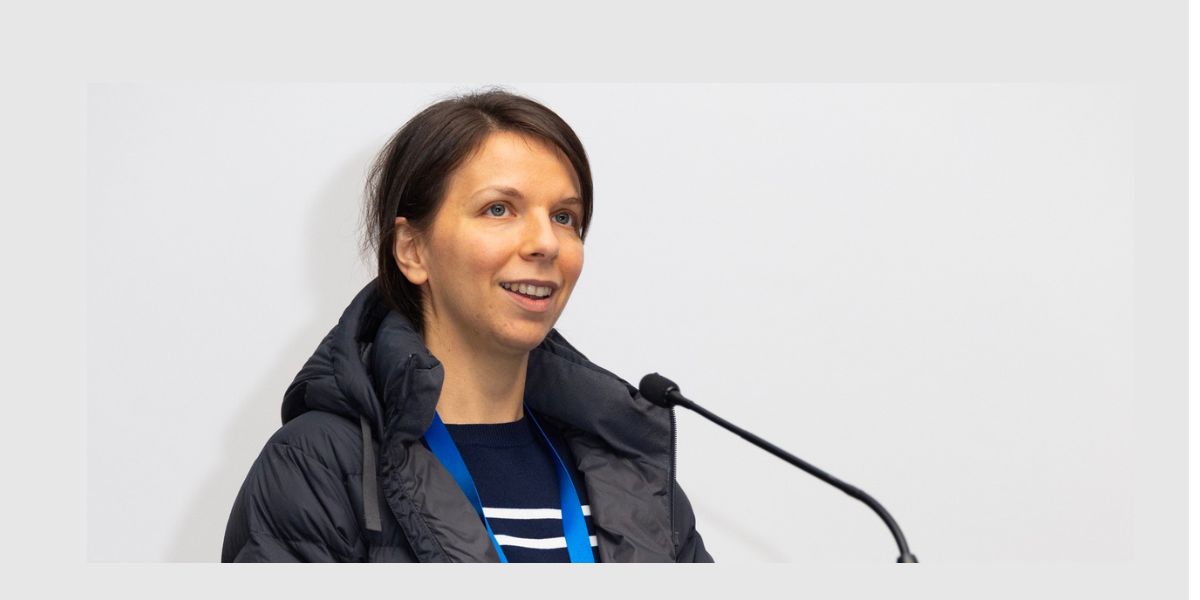Much of your recent policy work has focused on screening for Adverse Childhood Experiences (ACE) in young people. Why is this type of screening increasingly used?
Children who experience adverse events in childhood directly, such as abuse and/or neglect, or through their environment, such as domestic violence, are at an increased risk of immediate and long-term learning, mental health and physical health difficulties.
Studies show that over 60 per cent of adults have experienced ACE, with even higher rates for priority populations. This is particularly true for First Nations populations and has been attributed to the collective, historical and intergenerational trauma, as well as ongoing experiences of racism. The widespread nature of ACE, their intergenerational effects, and associated economic costs have led to an increased focus on ACE identification and intervention in Australia and internationally.
What inspired you to specialise in applied research that directly informs policy developments in NSW and beyond?
My background is in clinical psychology and I have always had a particular interest in understanding and improving the mental health outcomes of children and young people. My desire to see changes in mental health and intervention services led me to the field of applied research. Working at UNSW and in the Western Sydney Local Health District has provided me with opportunities to collaborate closely with policymakers.
Your research has identified evidence gaps and potential drawbacks of systematic screening. As a researcher working at the intersection of research and policy, how do you navigate providing informed advice to policymakers when a clear body of evidence is lacking?
This was the case in our review of ACE screening in young people. For context, our review examined the evidence for introducing routine ACE screening in clinical practice with children (0-11 years), young people (12-25 years), and their families. Our findings indicated that although ACE screening was feasible and acceptable, there was little evidence of what actions were taken after screening. For example, it was unclear whether patients identified with an ACE were referred to a service, and there was no data available to determine if patients accessed a service and the impact of the services accessed. Therefore, our team recommended that widespread ACE screening should not be undertaken until more research evaluating the risks and benefits of ACE screening is available.
Thus, while impact can sometimes manifest in new government policy, in our case, it was reflected in decisions not to implement systematic screening because evidence for its effectiveness was lacking in this context.
Advising on topics with limited peer-reviewed research can be challenging. Under such circumstances, assembling a multidisciplinary team with extensive knowledge and experience in the subject matter is essential. Multidisciplinary collaboration allows for detailed discussions about the available evidence to inform the decision-making process. Transparency about the availability of evidence and regular engagement with policymakers allows more informed decisions to be taken.
Tracking the policy impact of research is notoriously difficult. Can you describe any standout moments or insights from your discussions with policymakers that gave you an indication of the longer-term impact of your work?
In addition to our work on ACE screening, our team has worked on several reviews with tangible policy implications. One stand-out moment was when our team conducted a review of developmental screening and surveillance tools. Developmental screening and surveillance tools can lead to improved diagnosis and access to early intervention. These form part of NSW’s My Personal Health Record Blue Book developmental surveillance program.
Specifically, our review identified the screening and surveillance tools with the greatest evidence base in terms of accuracy, feasibility and acceptability. The NSW Ministry of Health used these findings to inform their selection of tools for the Blue Book, which is issued to all parents of children born in NSW.
Reflecting on your personal experience, what kind of support or partnerships would help an early-to-mid-career researcher like yourself effectively engage in policy processes?
In my experience, it has been crucial to have a skilled supervisor who collaborates closely with policymakers, comprehends the intricacies of policymaking and recognises the role of research in shaping policies. Furthermore, engaging with partner organisations and participating in workshops focused on cultivating relationships with policymakers have enhanced my understanding of how to effectively nurture successful partnerships in the policy realm.
Looking ahead, what do you view as the most pressing policy challenge in addressing children’s mental health in Australia?
Globally, mental health in children and adolescents is worsening. The most pressing policy challenge in improving children’s mental health in Australia lies in the early identification of mental health conditions and effective interventions to prevent them from progressing. Given that early intervention has been shown to have the greatest benefit on longer-term outcomes, our team at UNSW is focused on finding solutions to early identification of child mental health and developmental difficulties.
This task is particularly complex in priority populations, including regional, rural and remote areas, Aboriginal communities, and culturally diverse groups. Our team, led by Professor Valsamma Eapen, has shown that leveraging technology, such as virtual child and family hubs and the “Watch Me Grow” electronic platform, can be used to engage families including those from priority populations.
Once challenges are identified, access to timely support from child and family services is crucial. Policy initiatives to improve the existing system for early detection and effective intervention can enhance care for children, young people and their families.
More stories
Protecting against ‘fake news’: A UTS researcher’s experience in informing government’s approach to misinformation
19 November 2024
Meet the UNSW researcher advising policymakers on early intervention to improve children’s mental health
29 July 2024
Charles Sturt University researcher informing policy to protect biodiversity
13 May 2024





